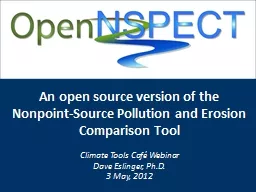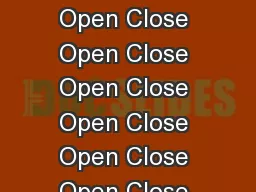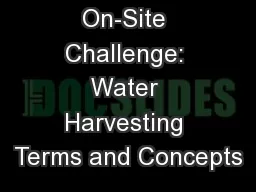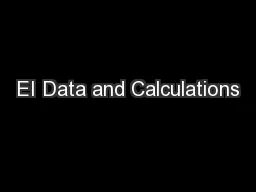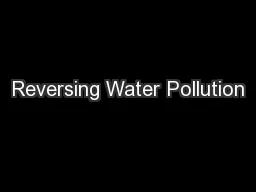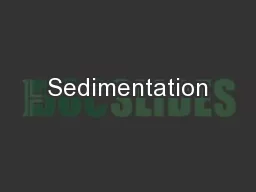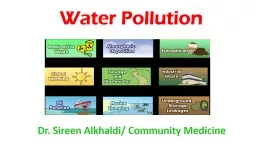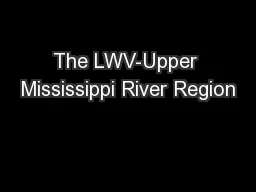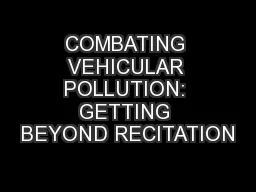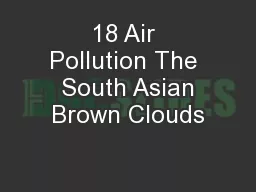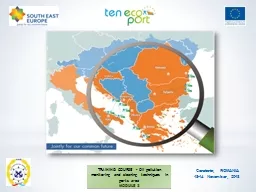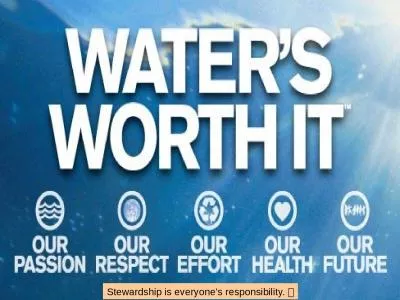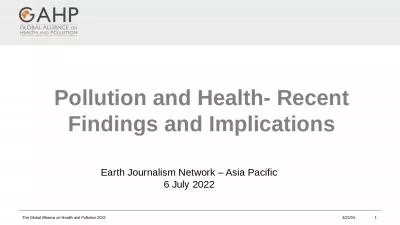PPT-An open source version of the Nonpoint-Source Pollution and
Author : faustina-dinatale | Published Date : 2016-06-29
Climate Tools Café Webinar Dave Eslinger PhD 3 May 2012 What is OpenNSPECT Water quality screening tool Spatially distributed rasterbased pollutant and sediment
Presentation Embed Code
Download Presentation
Download Presentation The PPT/PDF document "An open source version of the Nonpoint-S..." is the property of its rightful owner. Permission is granted to download and print the materials on this website for personal, non-commercial use only, and to display it on your personal computer provided you do not modify the materials and that you retain all copyright notices contained in the materials. By downloading content from our website, you accept the terms of this agreement.
An open source version of the Nonpoint-Source Pollution and: Transcript
Download Rules Of Document
"An open source version of the Nonpoint-Source Pollution and"The content belongs to its owner. You may download and print it for personal use, without modification, and keep all copyright notices. By downloading, you agree to these terms.
Related Documents

